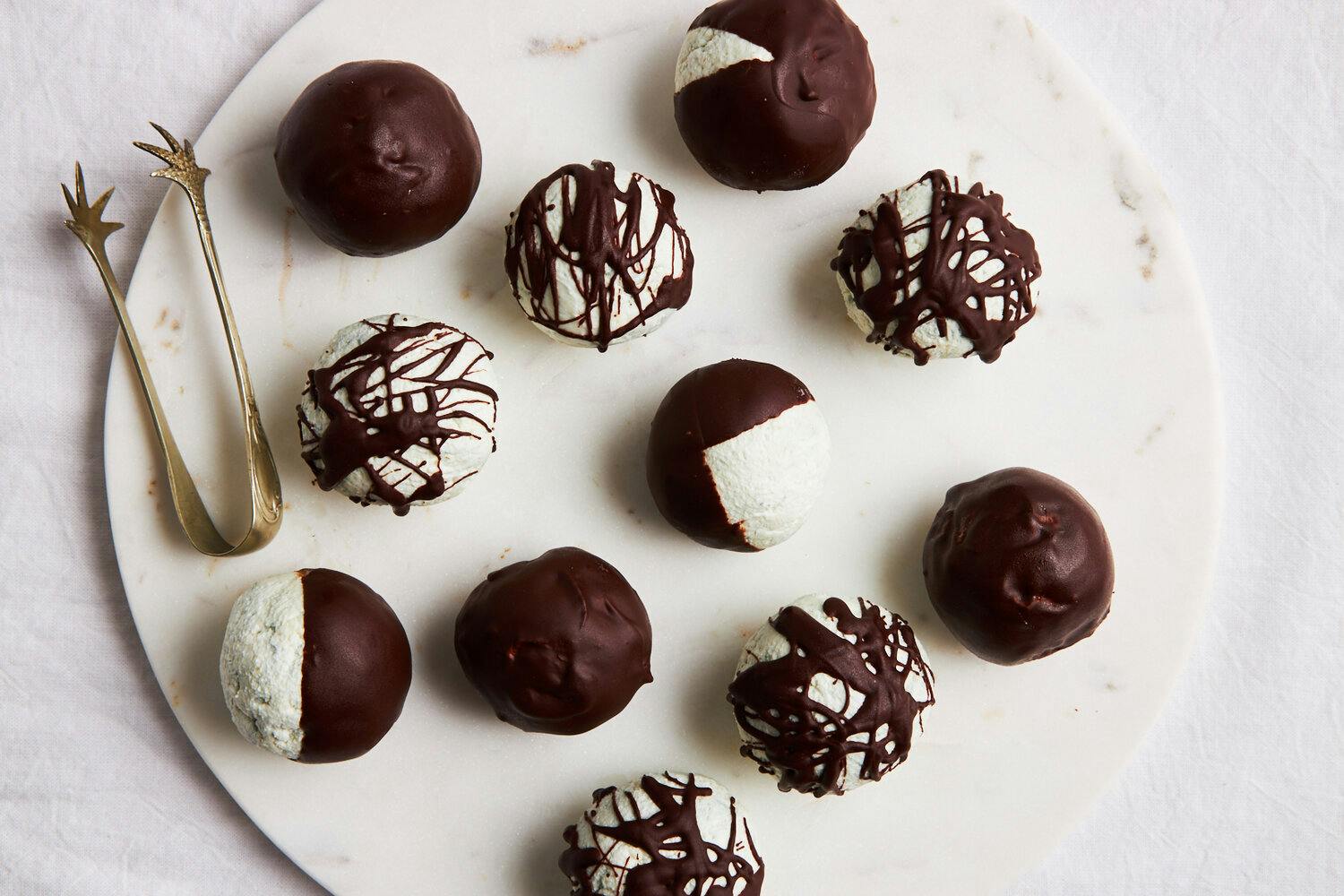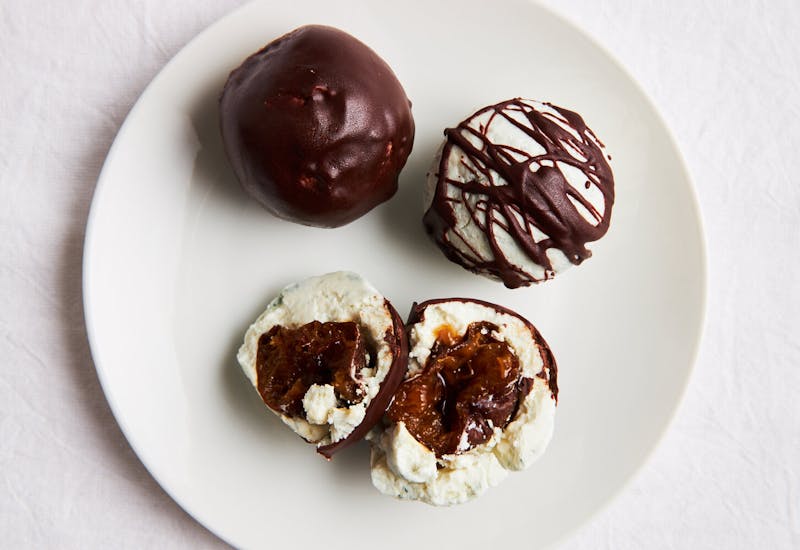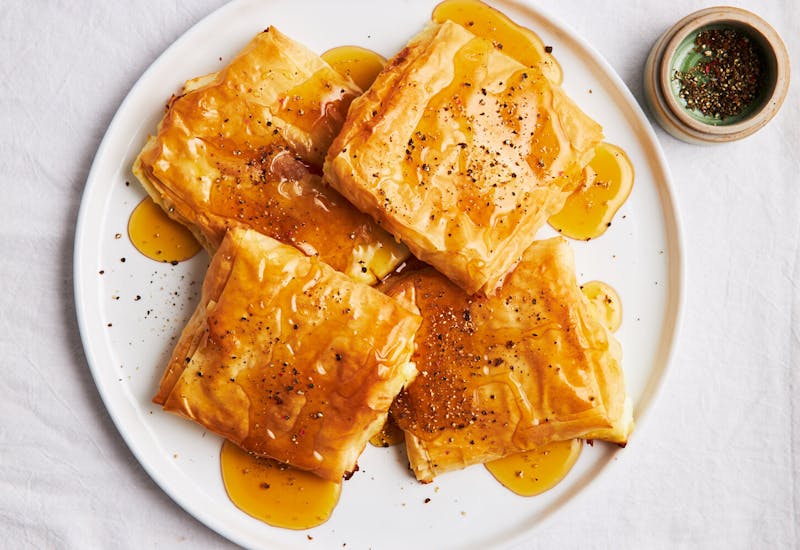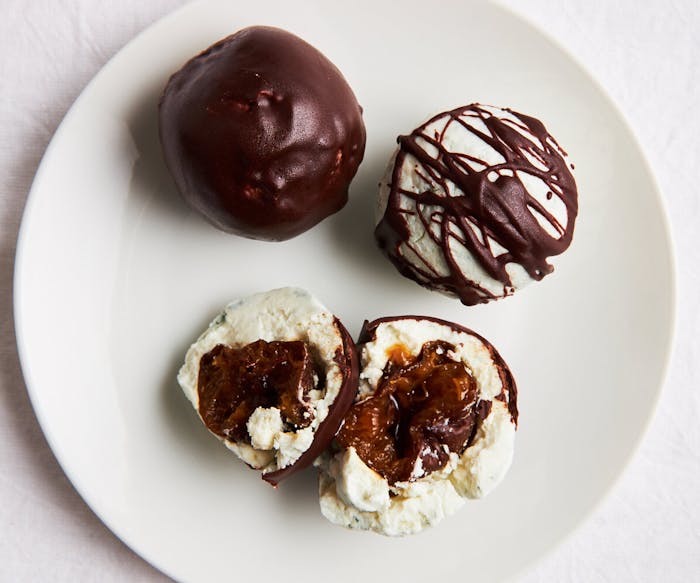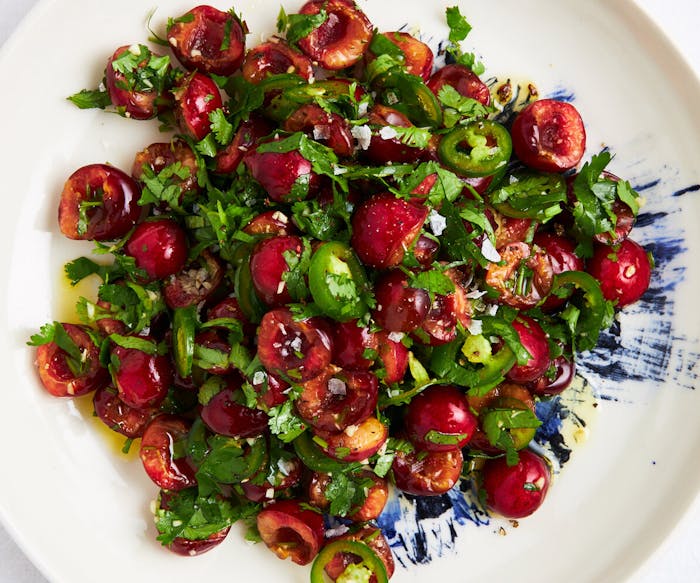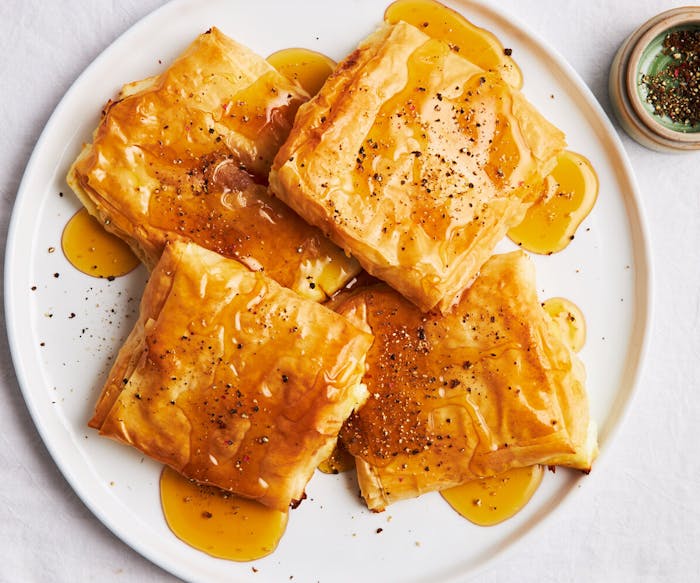Shared by Hila Alpert
Israeli Culinary Journalist Hila Alpert Looks Back on Shavuot on the Kibbutz
Israeli Culinary Journalist Hila Alpert Looks Back on Shavuot on the Kibbutz
Family Journey
In some lives, it is the exception to the rules, not the rules themselves that leave the most indelible mark. This was true for Hila Alpert, one of Israel’s most celebrated culinary specialists, a journalist, chef, and tv personality.
When Hila was little, in the late 1960s and early 1970s, she lived in a communal children’s home on Kibbutz Ma'ale HaHamisha in the Judean Hills outside of Jerusalem. Barely a generation after the founding of the state of Israel, life on kibbutz at the time put the collective above all. She recalls getting new clothes and there being just two options. “In wintertime, we used to come to the place where they would give us clothes and we would choose between white or brown shirts,” she says. “You took what they gave you.” Decisions were made for efficiency and a communal good.
The springtime holiday of Shavuot, which celebrates the receiving of the Torah at Mount Sinai and the season’s harvest, was different from the rest of the year. It was “one of the most important holidays in the kibbutzim,” Hila explains. Drawing inspiration from an ancient tradition of Jews bringing sacrifices to the temple in Jerusalem for Shavuot, members of kibbutzs across the country organized large parades. Tractors were decorated, babies were carried out on display, new animals joined as well, and farmers brought new spring fruits, wheat, and cotton that they grew. Members of the kibbutz would gather on the grass for the parade and each group “wanted to be the best,” Hila says. Shavuot was “the holiday that you would show yourself and your creativity,” Hila adds.
For the rest of the year, creativity and individuality were tucked away, even shunned. “Developing your own taste was something people wouldn’t encourage, not with food and not with clothes,” Hila explains.
“Food was something you eat to be strong. In the children’s house you [had] to take a piece of schnitzel or whatever they give you and you had to finish it… you could never get up from the table until you finish your food — never.”
Teatime snacks enjoyed at her parents’ home, where she would spend time after school each day, were a treat. Hila would mix Hashachar, a chocolate spread popular in Israel, with gvina levana, a soft cheese similar to quark or creamy yogurt, and eat it slowly with a spoon. Combined, it’s a flavor she continues to harken back to today (see her truffle recipe below).
And, it was through visits to her grandmother Sultana’s home in Jerusalem and her cooking that she came to understand and embrace individuality. A mother of 12 children who immigrated to Israel from Morocco in 1949, Sultana was a gifted cook adapting dishes from Morocco to the spices she could find in Israel. She made meatballs with lemon zest, standing in for saffron and nutmeg, and matbucha, a dip or cooked salad of tomatoes and spicy peppers. In her home, leftovers were never served. Instead, fresh food was made daily with care.
On a visit to her grandmother’s home, Hila recalls her saying: “If you don’t like it, don’t eat it, your body isn’t the garbage.” The idea was revolutionary to Hila. “[It] was contrary to where I came from and for me it was something full of meaning,” she says. It introduced her to the idea of listening to herself. “It was like colors in the middle of black and white film,” she says. Had Sultana made a similar comment about clothes, Hila might work in fashion today, she says. But it was about food, not fashion.
It was her grandmother’s influence and that of a well to do uncle who introduced Hila to ingredients like caviar and shrimp that helped set her trajectory as a restaurant critic, food television host, and author. It was also, she says, “[a] need for a place to express myself, my own flavor, my own taste. I think this is what created me.”
Join Hila and Jewish Food Society founder Naama Shefi on May 22 for a conversation about Shavuot on kibbutz and watch Hila make two Shavuot recipes she’s shared below: phyllo dough wrapped around feta with honey and black pepper, and truffles made with chocolate, cheese, and prunes.
